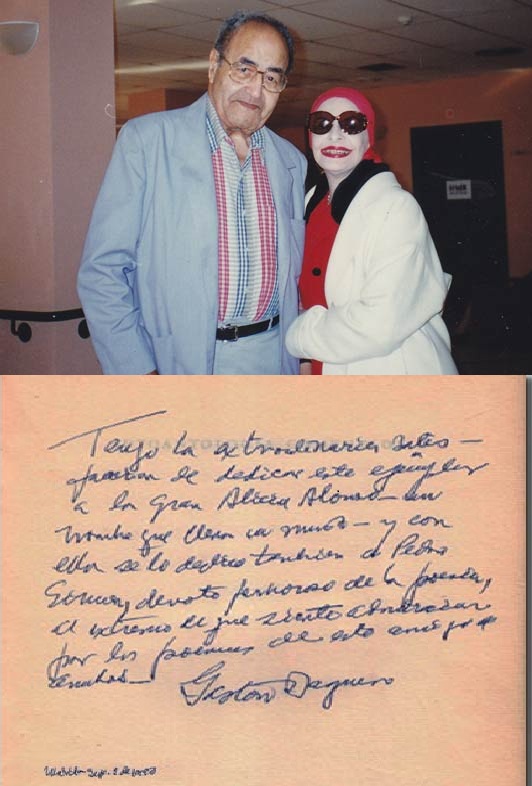4.1.2.6.3 The poetic career of Gastón Baquero (1918 – 1997) after the triumph of the Revolution in 1959

Gastón Baquero’s poetic work after the triumph of the Revolution was not actually very extensive, but rather produced poems he had already conceived during the previous period. His 1984 book “Magics and Inventions” compiles almost his entire poetic career, with a preface by the author, entitled “At the End of the Road,” which establishes a connection with his earlier essay “The Enemies of the Poet” in terms of a poetics that underpins his creative work.
Many of the previous pieces are located in this stage due to their publication date, such as “Memorial of a Witness”, “Thirty-Two Magics or Inventions”, “Antillean Variations on Themes by Mallarmé”, “Humoresque”, “Poems Written in Spain” and “African Poems”, the latter being free versions of pieces by bards from this continent.
The book “Memorial of a Witness” received very positive reviews from Spanish literary critics, who consider it inherent to this rich tradition; however, the Cuban sphere also emerges in its pages, an eternal source from which Baquero’s poetics, as well as from what remains of Origenist origins, were nourished from a distance.
There is no real stylistic transition in this author regarding the specifics of the triumph of the Revolution; the themes of the divine and death remain in this period, nourished by a symbolism that the author has enriched through his contact with reality and his never-ending thirst for reading. However, the questions take on more tragic overtones as he approaches the other extreme…
“God must be at the other end of the rope,
at the other end it is not possible to open its
powerful jaws nothingness.”
His poetry sometimes aligns with the tenets of purism, as he strips himself of his circumstances to embrace the ideal, contemplating beauty through the rose and the usual attitudes of this school. However, his work also incorporates themes of reality, impacted by poverty and other scourges, but always from the worldview of his religious fidelity.
The poet gradually abandons rhetorical elements in favor of a cleaner expression, not without complexity, but one that is not forged after the fact but rather emerges from the grand themes that occupy him. We can see the continuity of the open attitude of “Words Written in the Sand by an Innocent,” the intellectual modesty that leads him to consider himself just another among the Méropes, without unraveling the enigma of the world. Since his emigration, Baquero’s work has emerged as one of the most solid in the national tradition.








